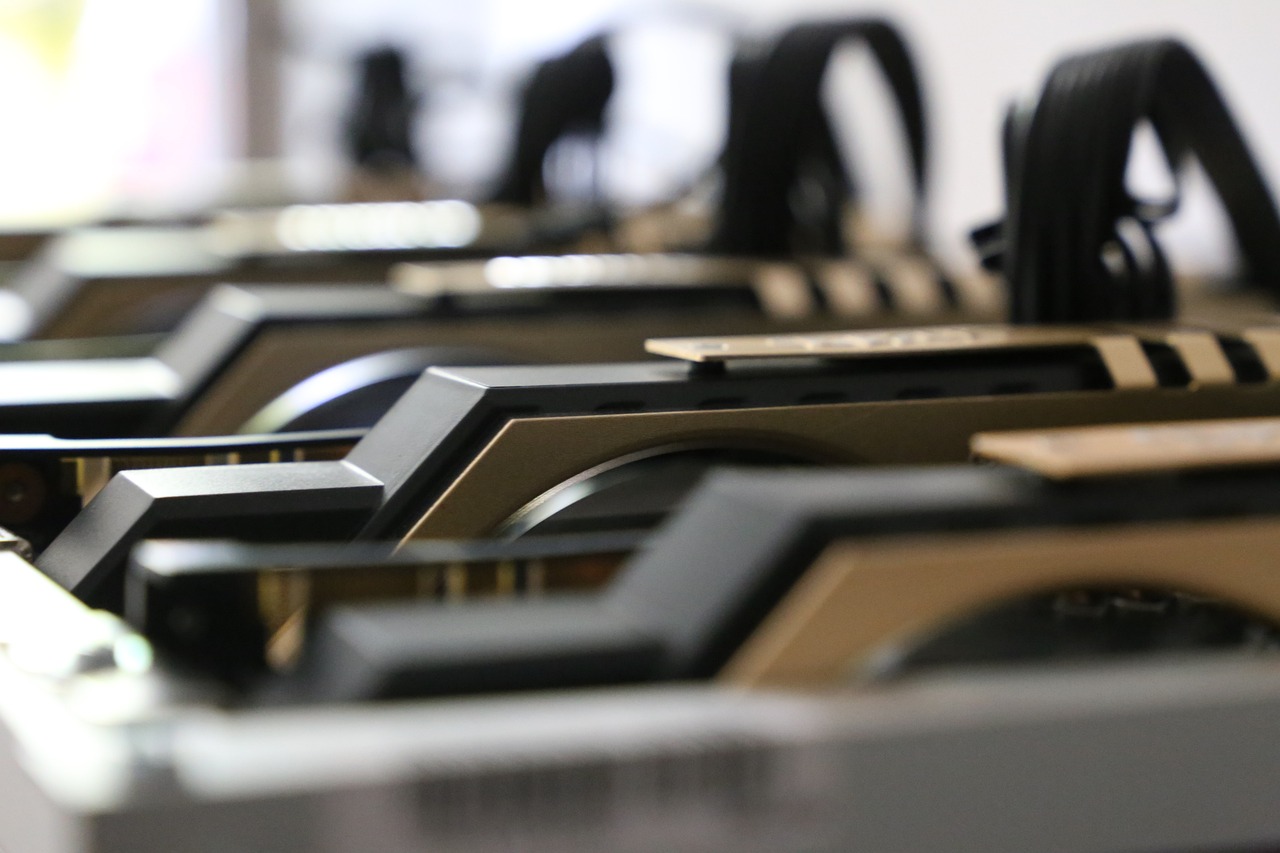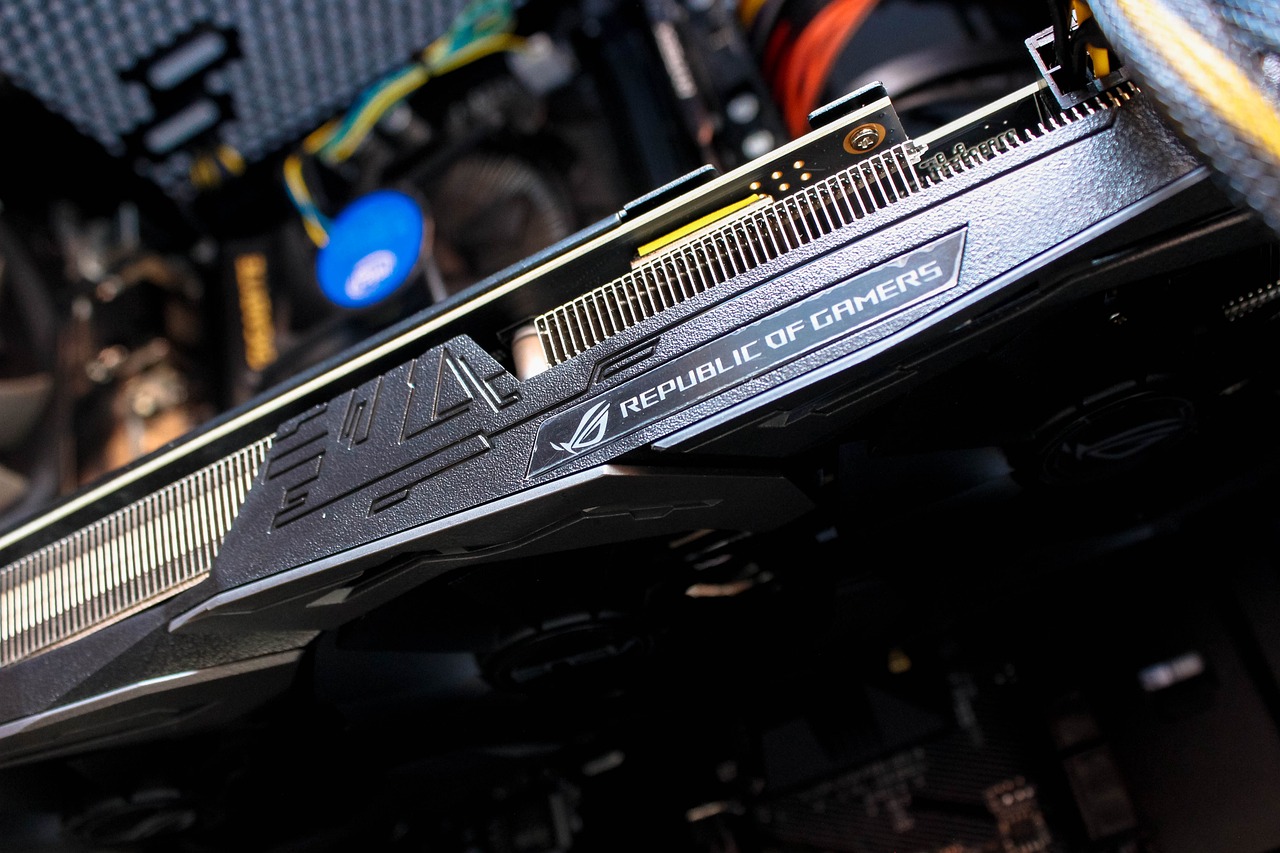The global market chip shortage is a major cause for helping to drive up graphics card prices. Another massive factor behind expensive graphics cards is the worldwide chips shortage, stemming from demand of semiconductor chips around the globe.
One of the biggest drivers behind the general rise of graphics card prices, along with other electronics components, is a spike in the demand for semiconductor chips, and a general shortage of supplies. There just are not enough graphics cards to go around in order to satisfy demand worldwide, and like any product in this situation, prices are going up accordingly. Combine this scarcity and despair with advanced bots capable of buying entire batches of supplies quicker than any human being could, and you have got the kind of insane prices seen on third-party seller sites such as eBay.
You cannot escape going, but neither should you buy an overpriced, scalped GPU from eBay or Facebook Marketplace simply because it is available. If you actually need a GPU, and have the cash, you may as well just buy it now, since high prices are not going down anytime soon. It is unclear whether inflated prices for GPUs are the result of GPU shortages, or just graphics cards getting expensive.
The more obvious reasons for the inflated GPU prices are silicon shortages and cryptocurrency mining. Add in scalpers, which profit off of the demand of gamers and cryptocurrency miners, and it is easy to understand why GPUs are priced this high. Graphics cards are expensive because scalpers bid up prices knowing that desperate buyers will pay nearly anything to get their hands on them.
The surplus graphics cards that the scalpers did not want were then listed online for sale at an inflated price, and those that missed out on buying one at the retailers when it was first available were forced to purchase them at an increased cost. The Scalpers are successful in buying cards at near MSRP, and then selling them back to consumers for much higher, inflated prices, and pocketing the difference.
GPU manufacturers are trying to make enough cards to sell in the market, but scalpers are still finding ways to stockpile them and creating artificial scarcity. Asus, one of the biggest PC parts vendors in the world, just told investors that the most pressing problem with GPUs now is Nvidias shortage of GPUs. From new PlayStation 5 (PS5) and Xbox game consoles, to the newest graphics processing units (GPUs) from AMD and Nvidia, supply is in severe crunch across the globe, as well as India. While the consoles are still available for sale at the retail price, it should be noted that GPUs are being sold for twice the cost, if not more, on the gray market.
The higher price tags are leading many PC gamers to wonder (open in new window) for whom the new-generation GPUs from Nvidia are for, too. Then, cards have climbed up the stack, with $1,199 16GB models of the RTX 4080 and $1,599 of the RTX 4090, both of which are coming out next month.
Now we are further into the year, and some of the RTX 3080 cards are actually selling for less than the list price on eBay. The RTX 3080 Ti is one of the only graphics cards selling for less than list price right now, which makes sense considering that it was severely overpriced to begin with. The RTX 3090 launched at $1,500, with recent price cuts dropping it to about $1,200.
Of course, it is hard not to view Confirmed as Nvidias way to entice a larger number of Nvidia customers–many of whom had been holding off buying a new GPU for several years, while cards were still difficult to purchase–to shell out even more cash for the expensive card.
Videocardz (open in new tab) converted price increases of a variety of Nvidia graphics cards that are in high demand from RMB to Dollars in their own report, and noted that AMDs GPU inventory seems less affected by the scarcity, even though they are facing an overpriced pricing. MyDrivers (opens in new tab), a Chinese language technology site, reports that Nvidias supply of its RTX 30-series graphics cards will fall 30% compared with August, with the RTX 3060 suffering from a 50% reduction in expected availability, while prices are rising once more for nearly all the GPUs on the market — including older equipment such as Nvidias GTX 1050 Ti. Nvidias new GeForce RTX 30-series, and AMDs new Radeon RX 6000-series graphics cards, are both setting new performance records over the last-gen offerings, are setting new performance records over the disappointing offerings from last-gen — most have no way of getting one, especially not at reasonable prices.
Now, there are particular problems for graphics card makers like Nvidia and AMD, but in essence, last years explosion of electronics demand has vastly overtaken semiconductor manufacturing, creating bottlenecks for far too many products to mention here, graphic cards being among them. Pandemics, droughts, trade wars, an unprecedented boom in cryptocurrencies, global shortages in semiconductors, and a demand for electronics that would even 10 years ago have seemed science fiction, all added up to the semiconductor shortage. These four main reasons show it is not just in the graphics card industry that this is happening, and, as things stand right now, none of the conditions driving the graphics card costs seem likely to change.
Even more surprising, used GPUs are more expensive right now than new units. The expiration means prices are up to 25% higher on the highest-end GPUs – including Nvidias new RTX 3090, 3080, 3070, and 3060 Ti, as well as AMDs RX 6800 and RX 6800 XT. Even older cards, such as NVIDIAs RTX 20-series, are going to cost more in 2022 than when they launched just a couple years ago.
While that is not going to cause a dramatic reduction in GPU prices, it will be easier to get them, which reduces demand. CEO Jensen Huang said consumers need to adjust their expectations about the pricing of GPUs, noting that the heavy production costs involved with chip production.


